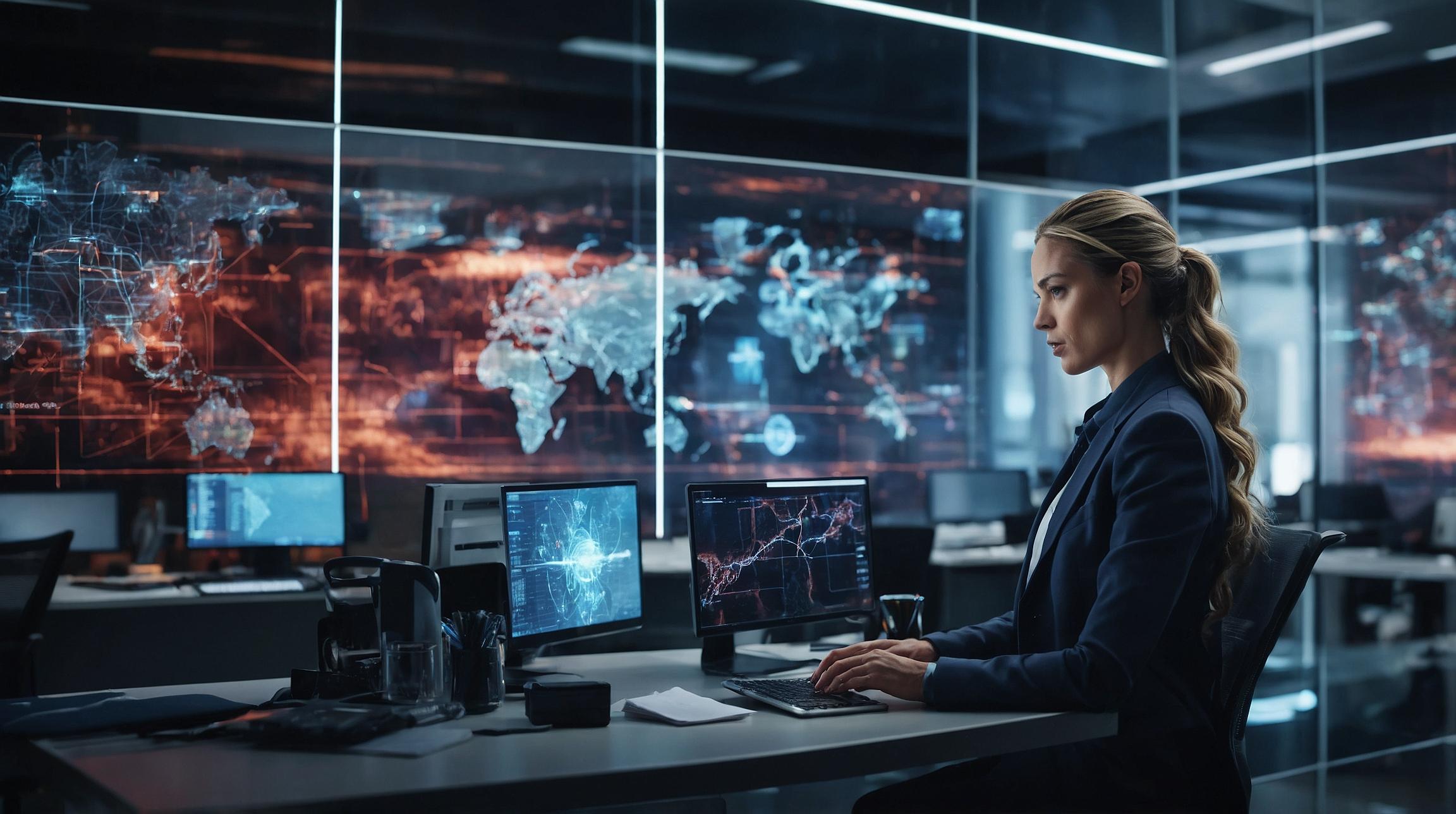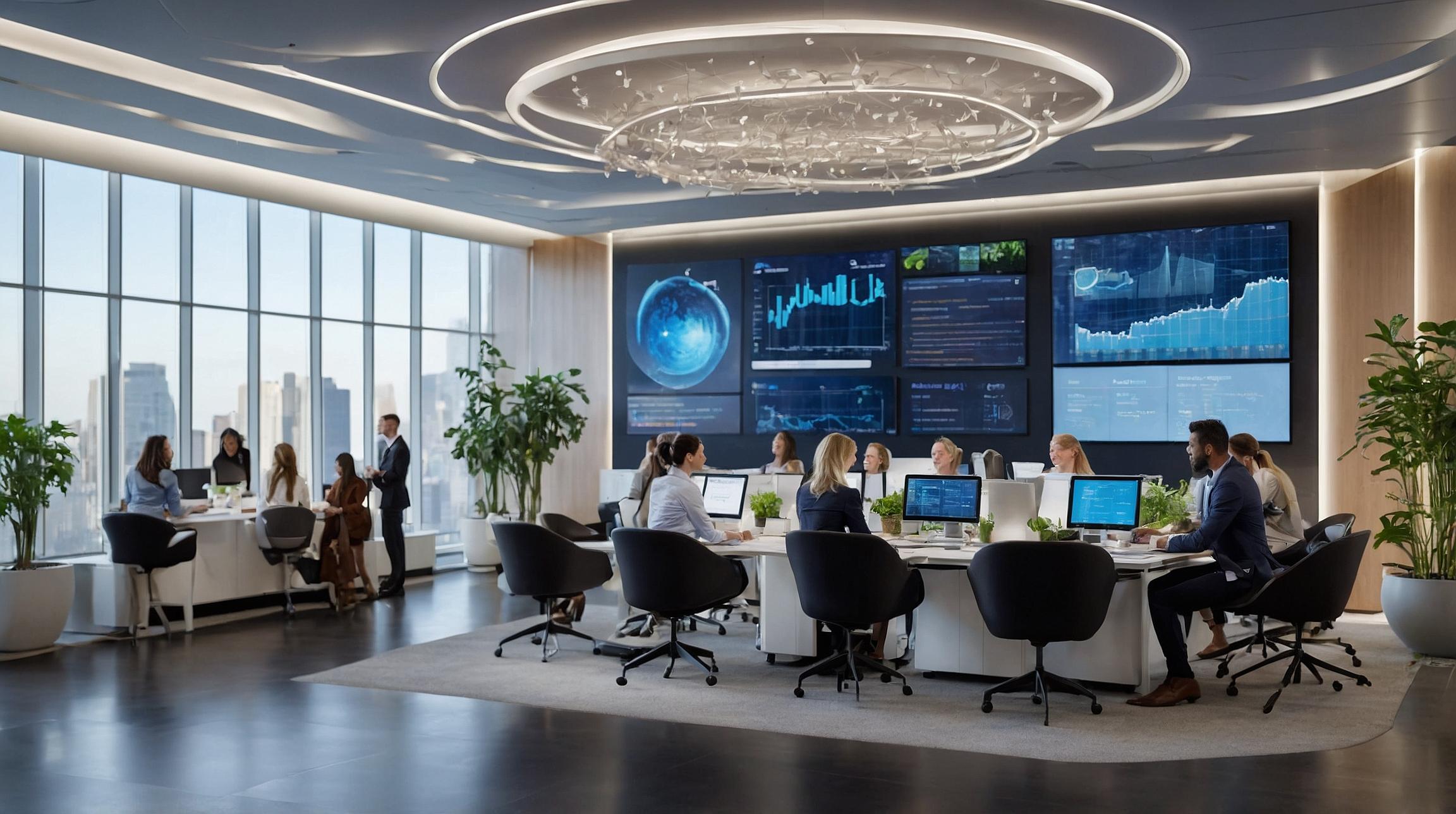Cyber Protection's Rise in B2B Payments
The inevitability of cyberattacks has become as certain as death and taxes in today's digital era. For businesses, especially those involved in B2B payments, the need to defend against these threats is more critical than ever.
"You're only as secure as your weakest link," says Chris Wyatt, Chief Strategy Officer at Finexio. "And we move money, so we can't have the bad guys finding an easy way in." This highlights the importance of proactive security measures. In a world where digital and physical boundaries blur, safeguarding against cyberthreats is a cornerstone of business strategy, particularly for those handling sensitive financial data.
The Imperative of Proactive Security
In recent years, the threat landscape has evolved, compelling businesses to not only react but also anticipate and prevent cyber incidents. This is vital for payment processing sectors where even minor security lapses can have catastrophic repercussions. Wyatt emphasizes the need for proactive risk management, underscoring Finexio's approach of embedding security into every platform layer to eliminate vulnerabilities.
Staying Ahead of Cyberthreats
Over the past 12 to 18 months, Finexio has focused extensively on strengthening cybersecurity. This initiative ensures that both the company and its partners benefit from top-notch security standards. Wyatt points out the necessity of educating customers about modern interconnected business operations. The goal extends beyond reacting to incidents—it's about cultivating an environment where risks are identified early and mitigated efficiently.
A significant focus has been on vendor management, often exploited by cybercriminals. By collaborating with customers, Finexio shifts the management of sensitive data like Automated Clearing House (ACH) information onto itself, reducing risks for clients and ensuring secure data handling.
Building Resilience and Continuity
Integrating resilience and continuity planning into business operations is becoming standard practice in response to the cyber landscape. Businesses are embracing redundancy and resilience themes to ensure seamless operations amidst unexpected disruptions. This includes developing multibank and multipay partner capabilities and replicating environments across different cloud providers to avoid single points of failure.
Wyatt references real-world examples like the CrowdStrike incident, which affected organizations including major airlines like Delta. These events highlight the necessity of having comprehensive contingency plans that encompass both technical solutions and documented procedures for incident management.
Leveraging AI and Technology
As cyberthreats grow more sophisticated, scalable, and industrialized, the potential of artificial intelligence (AI) and large language models in transforming cybersecurity efforts is increasingly crucial. AI can simplify navigating internal documentation, enabling employees to quickly find accurate solutions, thus reducing human error risks and improving procedural adherence.
AI advancements help businesses minimize the "threat window"—the vulnerable period for attacks. The challenge lies in using these technologies to simplify operations rather than complicate them further.
Wyatt stresses that both cultural and technical adaptations are essential for staying ahead of cybersecurity threats. While leadership plays a crucial role, engaging every employee is vital in transitioning cybersecurity training from a mere checkbox task to a core operational component.













